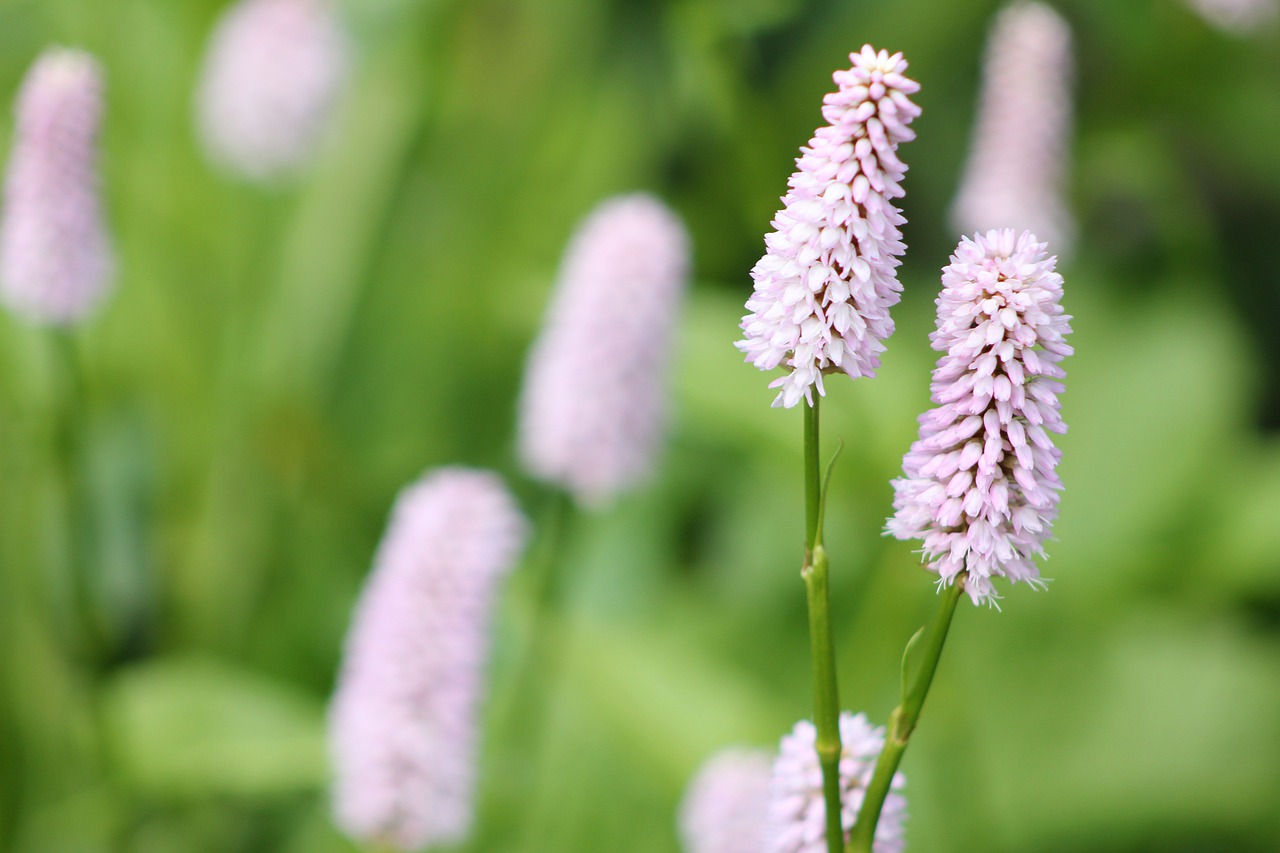What Is Knot-Weed?
Japanese knot-weed is a particularly virulent plant species that grows easily through tarmac and has also been cited as penetrating concrete. The root structure, or rhizomes, forms an underground network that can expand up to 23ft (7m) in diameter. For these reasons, knot-weed presents a hazard to the foundation of structures and as a result, property values can plummet and banks often refuse to grant mortgages to purchase properties in areas where knot-weed has been found.
The problem is aggravated by the sheer speed at which the knot-weed grows. It can reach a height of 23ft (7m) extremely quickly outgrowing native plant species and effectively competing for resources. Knot-weed therefore often takes over in areas that it is has been introduced to.
Removing the knot-weed is a complicated and challenging process once it has taken root. In most cases, it can take as long as 3 years of chemical treatments to make one single plant dormant. Once it is dormant, it has to be removed and there are strict rules and regulations that need to be adhered to as to how and who can effectively dispose of the dormant plant. Even a small portion of a rhizome is sufficient for a new plant to sprout.
The Law And Japanese Knot-Weed
While it isn’t exactly illegal to have knot-weed growing on your garden, it is strictly regulated by the Wildlife and Countryside Act of 1981 as well as an amendment to the Anti-social Behavior, Crime and Policing Act of 2014 – both of which state that you can’t plant the weed or do anything that may cause them to grow wild.
These regulations may seem simple on the face of it but when you take into consideration how easily a plant can grow from a tiny portion of a rhizome, how you dispose of it becomes critical to avoid the unchecked spread of this pest. In fact, knot-weed has been classified as controlled waste under the Environmental Act of 1990 and must therefore be disposed of accordingly.
If you are found not adhering to the regulations, you can face huge penalties that are greater for companies than for individuals as well as an Anti-social Behavior Order. In some cases, breaking the laws regarding knot-weed has resulted in prison sentences being handed down.
How To Eliminate Knot-Weed
Simply digging up the plant is not recommended due to the depth and diameter of the extensive root system. It often requires years and years of digging to destroy a single plant.
The knot-weed that has been dug up then needs to be disposed of in a licensed landfill or by a registered waste carrier. Alternatively, it must be dried-out before being incinerated. If it is allowed by the local council, you are permitted to do this yourself. However, it is important to ensure that they plant is entirely burnt and that there are no wet or green materials remaining. The incinerated plant should then be buried.
It is illegal to dispose of knot-weed along with regular household or garden refuse. It is highly recommended to have specialized contractors perform the entire knot-weed removal and disposal process for you to ensure that you are adhering to the necessary regulations.
The chemical process to eliminate knot-weed is also lengthy and can take anywhere between 2 and 3 years to be successful. The Royal Horticultural Society (RHS) recommends using weed killer with and glyphosate as the active ingredient. It is advisably sprayed on the foliage (leaves) and stems of the knot-weed every summer (or earlier in spring if the plant is growing out of control by summer). This should be repeated until the plant has died when it needs to be removed and disposed of according to regulatory guidelines.
Certified specialists have access and are licensed to use stronger chemicals to destroy the weed faster with greater success. Contact Environet to eliminate knotweed.
Measures to biologically control the spread of knot-weed are currently under investigation. In Japan, where knot-weed originated, insects called psyllids are natural predators of the plant and help control it. While some of these insects have been released in some areas under strict monitoring, the measure is currently not widespread or available for control of knot-weed in household gardens.

